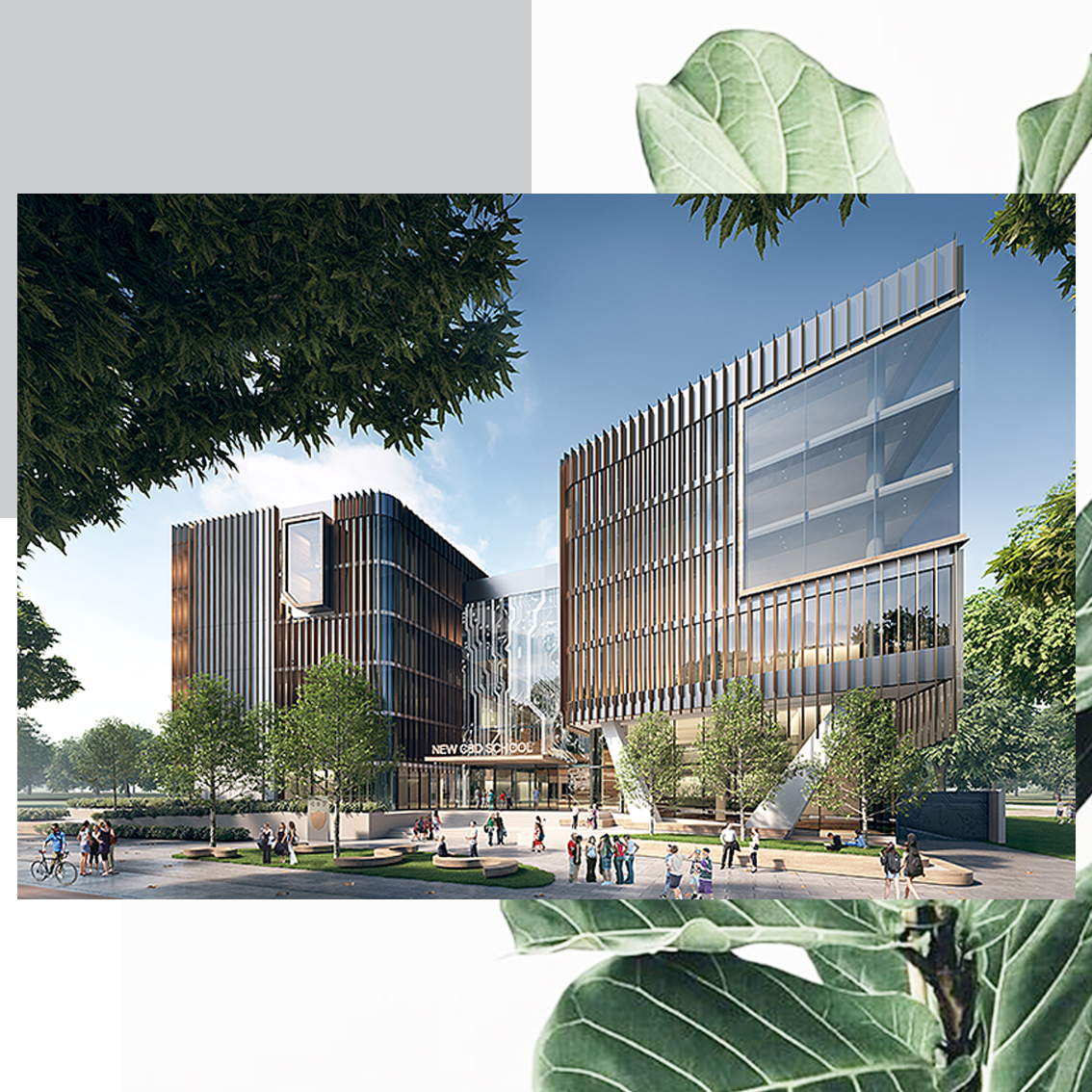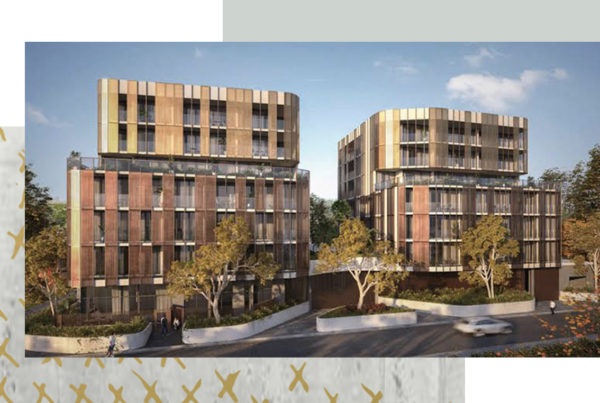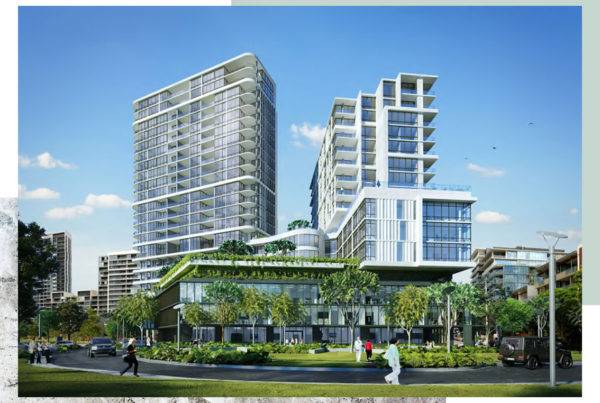
Changes to Queensland’s planning legislation has introduced new opportunities for private community infrastructure providers to apply to the Planning Minister for an Infrastructure Designation.
Under the former Sustainable Planning Act 2006, this opportunity was limited to the public sector only (i.e. the Department of Education). The current Planning Act 2016 however, enables a request for an Infrastructure Designation to now be made by a public sector entity, a non-public sector entity or a local government providing an enticing alternative the standard development application process.
While the change came into effect on 1 July 2017, the details and benefits of this alternative assessment pathway are surprisingly unknown by many in the industry so, we have broken down some of the key facts for you below:
What types of projects are suitable for an Infrastructure Designation?
The types of infrastructure that may be considered for a Designation are outlined in Schedule 5 of the Planning Regulation 2017. Examples include:
- Community facility (i.e. a church)
- Community residences (i.e. housing for people who require assistance or support with daily living)
- Educational facilities (i.e. primary schools, secondary schools, child care centres)
- Hospitals and health care services (i.e. allied health)
- Residential care facilities (i.e. aged care facilities)
- Sporting facilities.
The scale of projects that may be considered include everything from a brand new school to a small-scale extension for a new classroom or sports hall. The Minister must just be satisfied that –
a) the infrastructure will satisfy statutory requirements, or budgetary commitments, for the supply of the infrastructure; OR
b) there is or will be a need for the efficient and timely supply of the infrastructure.
What is the Infrastructure Designation process?
The Infrastructure Designation process is intended to be a “higher level” more “principle based” assessment process. The Minister is focussed on key matters and direct impacts on neighbours, stakeholders and infrastructure rather than getting caught in the detail of specific planning scheme codes.
Chapter 7 of the Minister’s Guidelines and Rulessets out the detailed Infrastructure Designation process. Since this was adopted on 1 July 2017, the Minister has also introduced a streamlined process to accommodate smaller scale projects (i.e. an extension to a school) and cut timeframes.
Irrespective of which assessment process the project follows, the proponent is required to prepare and submit an Environmental Assessment Report to the Minister or local government. This report is required to be supported by an array of specialist plans and reports (i.e. architectural plans, engineering plans, traffic impact assessment) and is similar to a Development Application as details the proposal, assesses its impacts and includes a State interest review.
All proposals are required to be publicly notified for a minimum of 15 business days with the proponent then required to consider and address all submissions received.
Following this, the Minister or local government finalises their assessment and gives notice of their decision via a decision notice and gazettal notice.
What are the key benefits of an Infrastructure Designation?
A number of the key benefits include:
- Cost: No applications fees or Council infrastructure charges apply, saving big $$.
- Timeframes: Depending on the scale of the project, designations are granted in approximately 3 or 9 months, enabling projects to get off the ground quicker.
- Appeals: There are no third party appeal rights (or appeal rights for the proponent).
- Post approvals: Once a Designation is granted, no further planning approvals are required. Only approval for Operational works external of the site’s boundaries and approval to carry out Building work under the Building Act is required. Approval for internal operational works is not required (i.e. earthworks, stormwater, drainage landscaping, car parking).
- Flexibility: Infrastructure designations approve “development envelopes” rather than specific buildings to provide the proponent with greater flexibility on designing and siting buildings on a site.
How long is a Designation valid for?
A designation lasts for a period of 6 years.
If you have any specific questions about the process or want to know more about how to take advantage of this, an infrastructure designation is right for you, get in touch with us today by calling 0401 349 601 or send an email to hello@hickeyoatley.com.au.
Image: Artist’s impression of Adelaide Botanic High School, Edits: Rhiannon Smit



